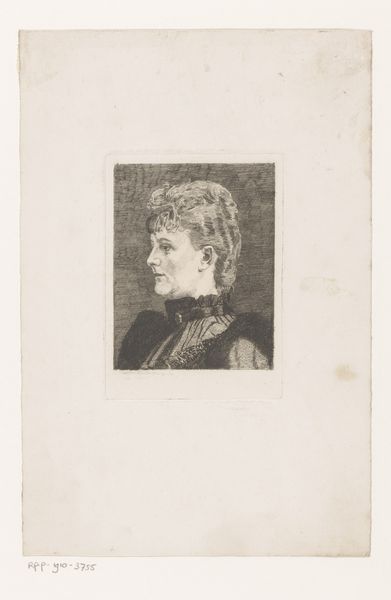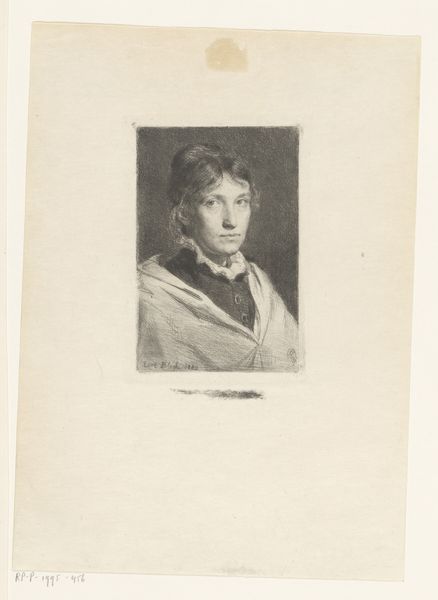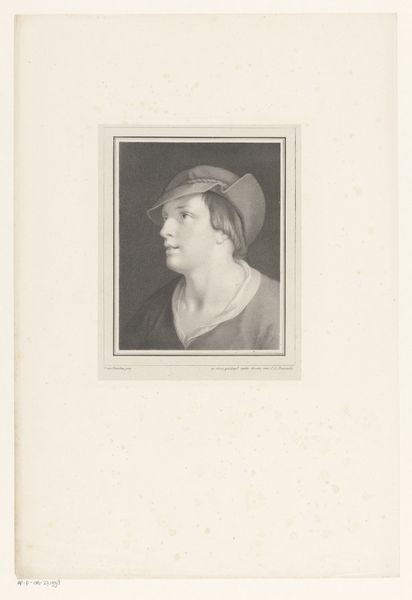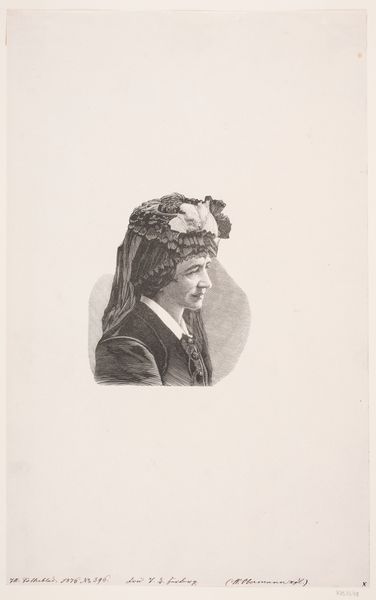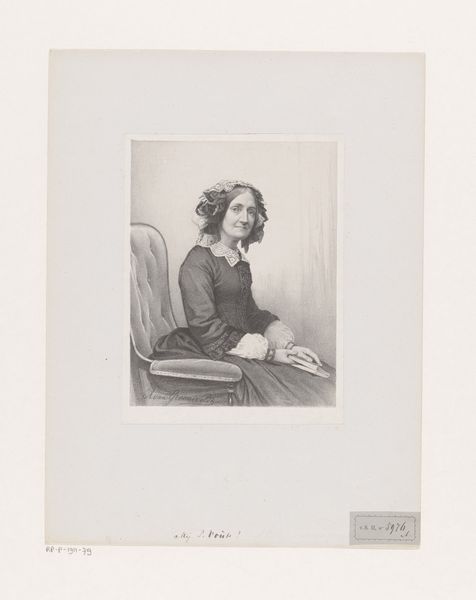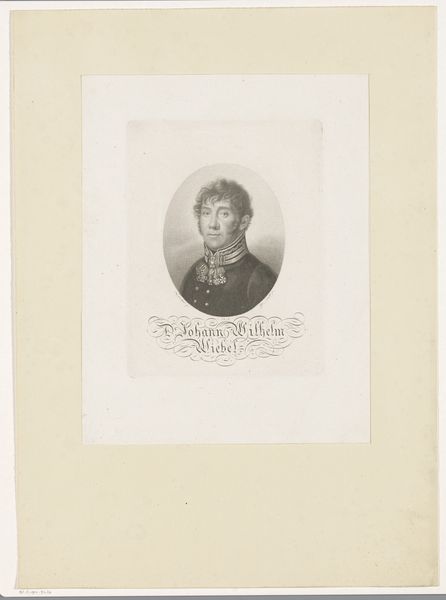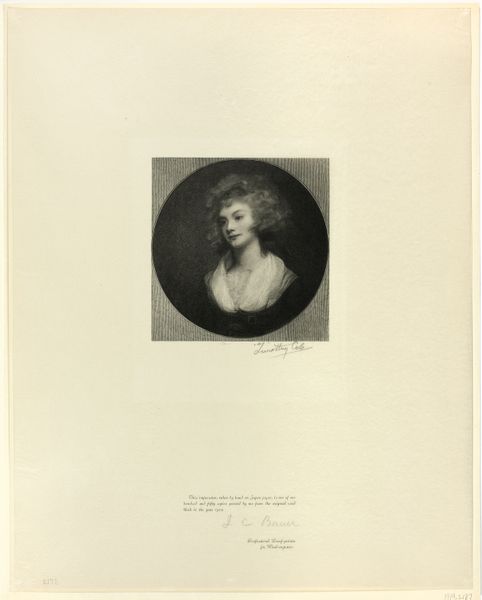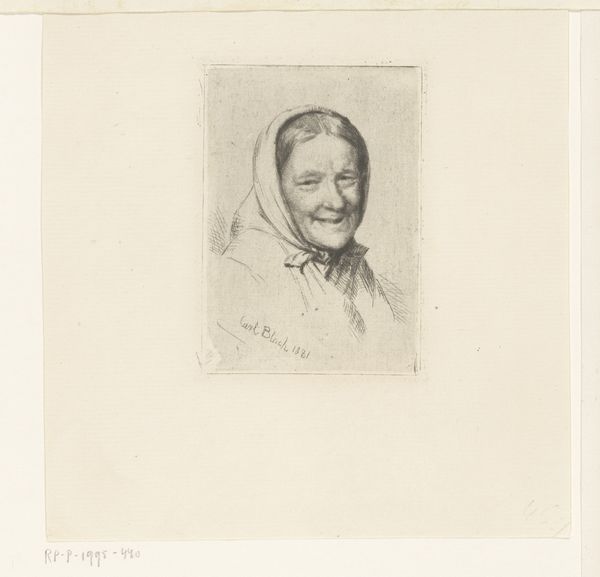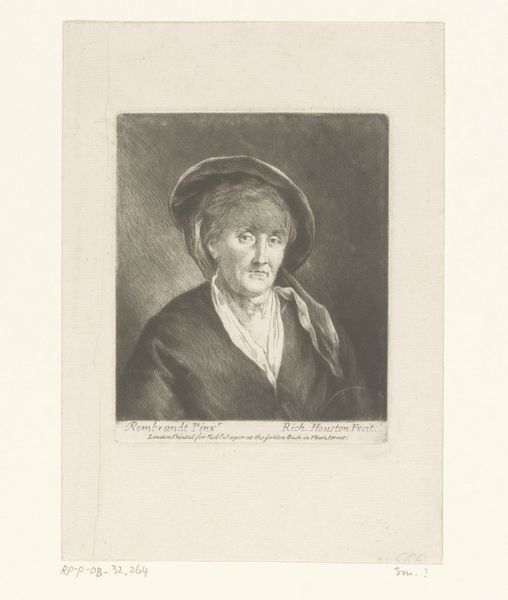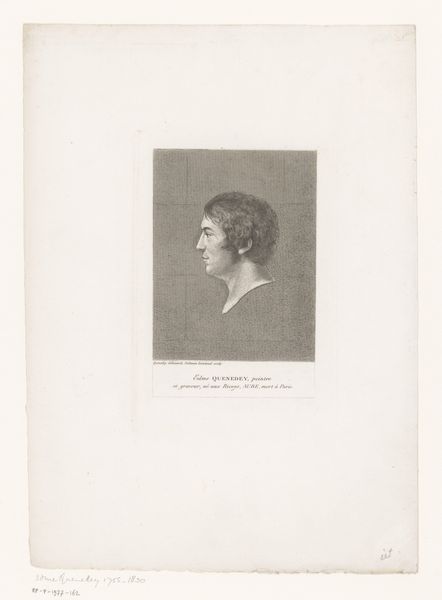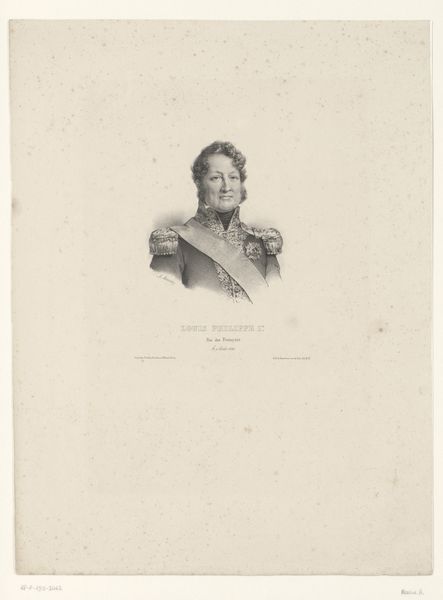
print, engraving
#
portrait
#
neoclacissism
# print
#
old engraving style
#
history-painting
#
academic-art
#
engraving
Dimensions: height 296 mm, width 233 mm
Copyright: Rijks Museum: Open Domain
Editor: Here we have "Portret van Georges Cuvier," an engraving from 1826 by Constant-Louis-Antoine Lorichon. It's quite detailed for a print! I am curious about the velvet coat that Monsieur Cuvier is wearing – it looks almost sculpted. What strikes you about the materials used to create and depict this portrait? Curator: Well, let’s start with the obvious: the materiality of printmaking itself. This isn't just about replicating an image. It's about labor: the meticulous, skilled hand of the engraver shaping the metal plate. The velvety texture you noted isn't inherent in the medium; it’s crafted. Think about the accessibility of prints. How does this impact the reach of Cuvier’s image and ideas within society? Editor: That makes sense. The print allows for wider distribution. So, more people are exposed to Cuvier and, perhaps, his scientific ideas because of this repeatable image? Curator: Exactly. It challenges the notion of the unique "high art" object. The print is a multiple. It is about making something available for consumption. Look at the coat again. Is it simply a garment, or is it a signifier of status and class, made accessible through this mass-produced image? Editor: I see what you mean! The texture emphasizes the expense and grandeur associated with that class, highlighting the socio-economic context surrounding the subject and the consumer of the print. What’s amazing is the skill that translates velvet to paper. It shows us what human labor can really do with materials. Curator: Precisely. By analyzing the means of production – the engraving technique, the materiality of ink and paper – we can move beyond a simple portrait. We start to unravel the social fabric it’s woven into. Editor: I never really considered the social and economic implications of art materials like this, thanks for your insight!
Comments
No comments
Be the first to comment and join the conversation on the ultimate creative platform.
